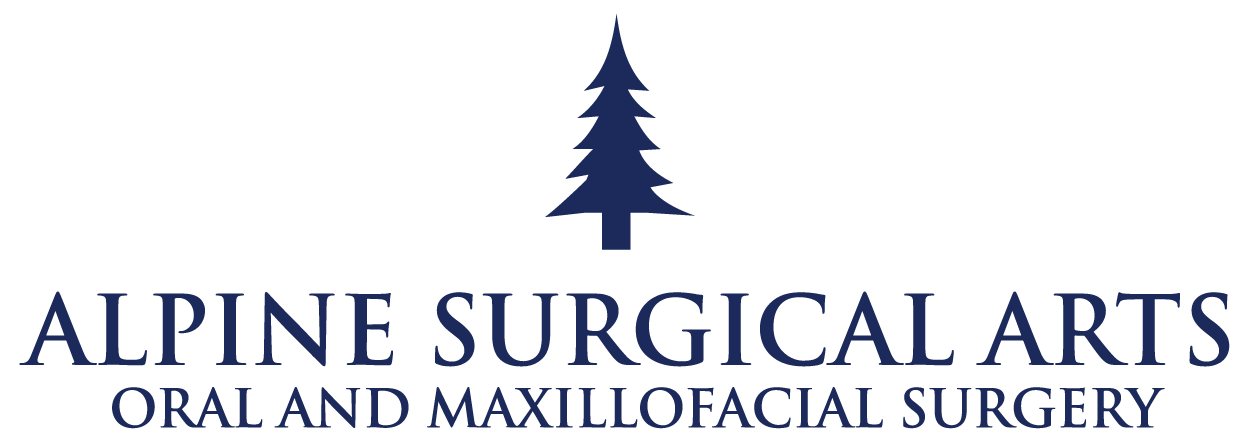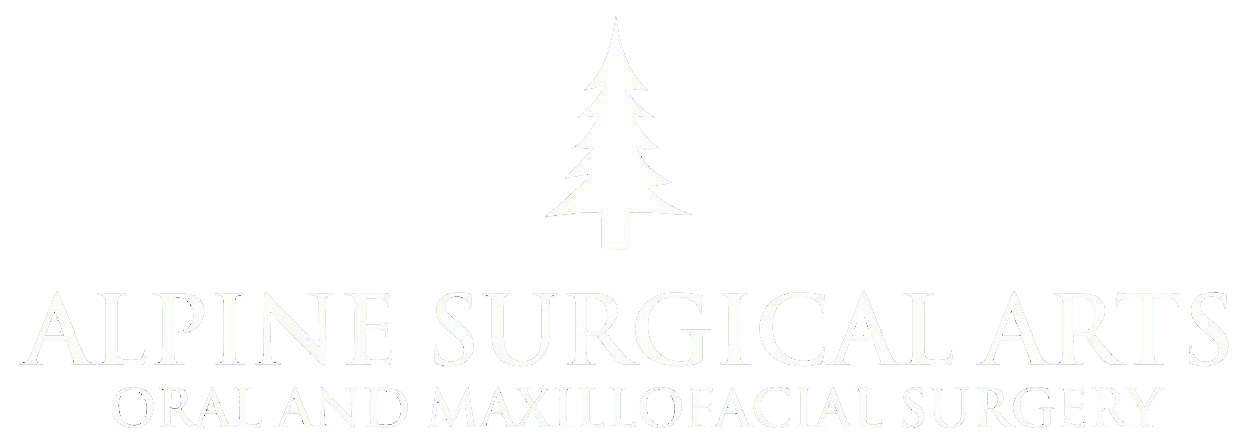
(801) 766-4834
Impacted Canines
"You Da Bomb Dr. Viehweg!"
With seven children, our family has had need of 5 different surgeries/procedures with Dr. Vieweg.
Top 5 reasons Dr. Vieweg is a 5 star Dr.
1- Friendly staff
2- Low to no wait time in office
3- Dr. Vieweg is a calm, confident, qualified, concerned doctor.
4- Dr. Vieweg called after surgeries to check and see how my child was recovering. After a rough surgery for my 16 yr. old daughter, Dr. Vieweg sent her a beautiful bouquet of flowers wishing her a great recovery.
5- Following a couple surgeries we had some questions and worries that things weren't healing appropriately. Dr. Vieweg answered phone calls after hours and helped us with our concerns.
As my teenagers would say it... "You da bomb Dr. Viehweg!"
- Heidi Gunther

© Copyright Alpine Surgical Arts 2019 - All Rights Reserved, | Privacy Policy | Office (801) 766-4834
3300 N Running Creek Way, Lehi, UT 84043
*Disclaimer: results are not guaranteed, may not be permanent, and can vary per individual. All testimonials are from actual patients.
